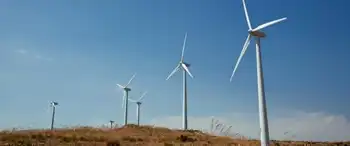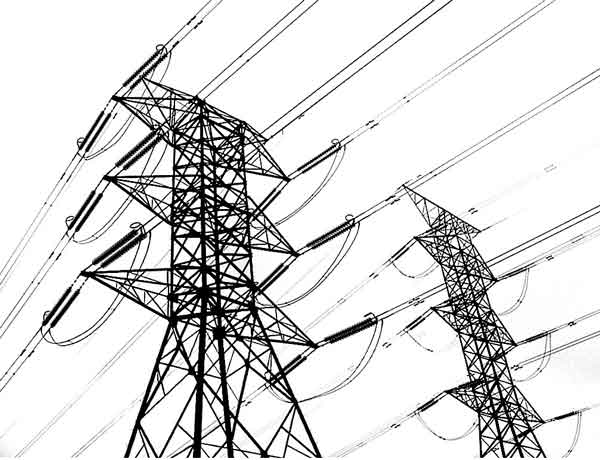High energy prices make Copenhagen green
COPENHAGEN, DENMARK - The first thing you notice as you fly into Copenhagen, where I recently made a speech, is the ring of wind turbines surrounding the city. I guess thatÂ’s why it was chosen to be the backdrop for the world environmental summit last December.
There is certainly much to be said for DenmarkÂ’s leadership in green energy. While North American carbon emissions have risen by around 30 per cent since 1990 the reference point for the Kyoto Accord, DenmarkÂ’s emissions are actually lower than they were two decades ago. ThatÂ’s generally ascribed to the fact that a world-leading 20 per cent of the power generated in Denmark comes from wind.
Less commonly known is the source of the other 80 per cent. I was surprised to discover that it comes from good old King Coal. In fact, coalÂ’s share of power generation in DenmarkÂ’s power grid is basically the same as it is in China.
Since green energy technology accounts for 12 per cent of the countryÂ’s exports, I can understand why Denmark wants to showcase its wind turbines instead of its smokestacks. But itÂ’s power from those smokestacks that turn on the lights in Copenhagen, at least for the most part.
How, then, has Denmark been so successful in managing its carbon emissions? The answer lies not with the source of power, but with the price of power. At 30 cents per kilowatt hour, electricity costs anywhere from three to five times what the average North American would pay. And, not surprisingly, Danish households consume a fraction of the power that we do.
But I bet if you charged 30 cents per kilowatt hour for power in coal-burning states like Wyoming and West Virginia, they, too, could cap their emissions, and without having to install a single wind turbine.
The other reason commonly cited for Denmark’s success at carbon management is cars — or, more precisely, the lack thereof. Nearly everyone in Copenhagen seems to be riding a bicycle. At first I thought this was testament to the environmental consciousness of the populace, or at a minimum, to a commitment to physical fitness. Then I checked out what it costs to buy a car.
Depending on how many horses are under the hood, Danish car buyers pay a tax ranging anywhere from 100 to 180 per cent of the sticker price of the vehicle. In other words, when you purchase a car in Copenhagen, you can pay almost as much as if you were buying three cars in North America. At that tax rate, IÂ’d be riding a bike too.
What I learned from my trip to Copenhagen is that you donÂ’t have to be a world leader in green energy technology to cap your carbon emissions. Just charge 30 cents per kilowatt hour for power, and slap a 180 per cent surcharge on vehicle prices. Consumers will do all the rest.
Related News

Most Energy Will Come From Fossil Fuels, Even In 2040
LONDON - Which is more plausible: flying taxis, wind turbine arrays stretching miles into the ocean, and a solar roof on every house--or a scorched-earth, flooded post-Apocalyptic world?
We have no way of peeking into the future, but we can certainly imagine it. There is plenty of information about where the world is headed and regardless of how reliable this information is—or isn’t—we never stop wondering. Will the energy world of 20 years from now be better or worse than the world we live in now?
The answer may very well lie in the observable trends.
A Growing Population
The global population is…




